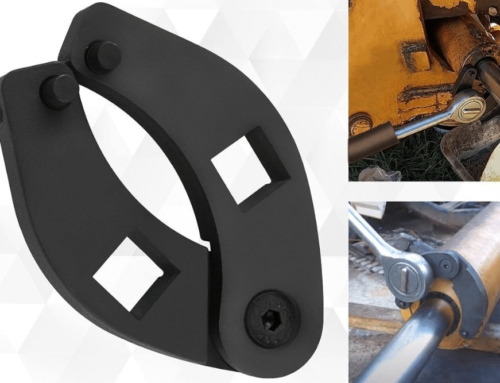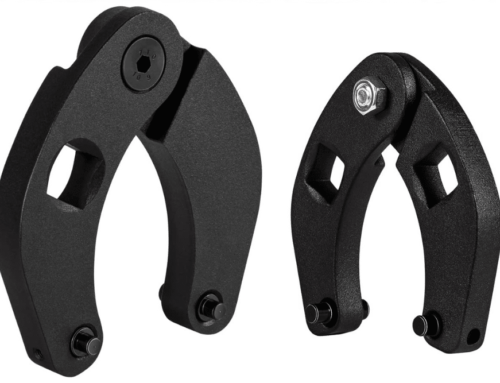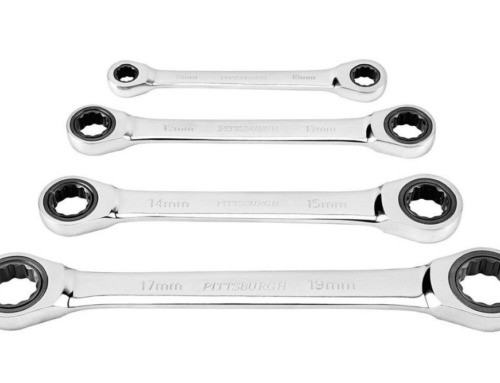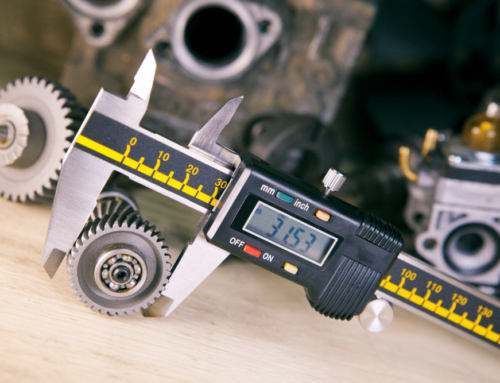What Is A Shoulder Plane?
The shoulder plane has a narrow, blade-like cutting edge that extends beyond the side of the plane body, allowing for precise and controlled cuts. With its adjustable depth and accuracy, the shoulder plane is favored by woodworkers for creating clean, flat shoulders on tenons, rabbets, and other joinery.
This versatile tool is a must-have for those seeking precision and finesse in their woodworking projects. Whether you are a professional woodworker or a diy enthusiast, the shoulder plane is an essential addition to your workshop.
Credit: www.lie-nielsen.com
Introduction To Shoulder Planes
Shoulder planes have a long history in woodworking. These planes are specifically designed to trim the shoulders or sides of a joint. They have a narrow and small blade, which allows for precise and controlled cuts. Shoulder planes play a crucial role in woodworking projects, ensuring that joints fit perfectly and that the final product is of high quality.
By using a shoulder plane, woodworkers can create clean and smooth surfaces, resulting in a more professional finish. Whether you are a professional woodworker or a diy enthusiast, having a shoulder plane in your workshop is essential for achieving accurate and seamless joints.
Anatomy Of A Shoulder Plane
A shoulder plane is a woodworking tool designed for refining and smoothing surfaces on the end grain of wood. It consists of several key components that work together to achieve precise results. The blade, located at the bottom of the plane, is responsible for cutting and shaping the wood.
The plane body provides stability and control, allowing for accurate movements. The lever cap secures the blade in place and allows for adjustments when necessary. The throat opening determines the size of the shaving and the amount of material that can be removed.
When choosing a shoulder plane, it is important to consider key features such as the quality of the blade, the ergonomics of the plane body, and the overall construction of the tool. A well-crafted shoulder plane can greatly enhance woodworking projects by creating clean and smooth surfaces on the end grain of wood.
Types Of Shoulder Planes
Shoulder planes are essential tools for woodworking, specifically for fine-tuning joint and rabbet cuts. There are two main types of shoulder planes: bevel-up and bevel-down. The bevel-up shoulder planes have the blade bevel facing upwards, allowing for versatility in cutting angles.
On the other hand, bevel-down shoulder planes have the blade bevel facing downwards, making them more suitable for heavier stock removal. Both types have their benefits and drawbacks. Bevel-up planes excel in end grain work and offer easier adjustability, but they may require more effort for stock removal.
Meanwhile, bevel-down planes are better suited for larger tasks but may lack the fine-tuning capabilities of their counterparts. Understanding the differences between these types of shoulder planes is crucial in selecting the right tool for your woodworking needs.
How To Use A Shoulder Plane
A shoulder plane is a woodworking tool used for fine-tuning joints and leveling surfaces. To use a shoulder plane effectively, follow these steps: first, ensure the blade is sharp and properly adjusted. Next, firmly grip the plane with your dominant hand while holding the workpiece securely.
Begin by holding the shoulder plane at a slight angle and make light, shallow cuts. Gradually increase the depth and angle as needed. Always work with the grain and take your time to achieve clean and precise cuts. It is important to avoid common mistakes, such as applying too much pressure or removing too much material in one pass.
Regularly check your progress and adjust the plane as necessary. By following these tips and techniques, you can master the use of a shoulder plane and achieve professional-quality results in your woodworking projects.
Maintaining A Shoulder Plane
Properly maintaining a shoulder plane is essential for its long-lasting performance. Routine cleaning and lubrication of the blade and adjuster mechanism are necessary. This ensures smooth operation and prevents rust or damage. Equally important is regularly sharpening and honing the blade.
A sharp blade guarantees optimal cutting performance, allowing for clean and precise cuts. Neglecting maintenance can result in a dull blade that struggles to cut efficiently. By following these maintenance practices, the shoulder plane will remain in top condition and deliver consistent results.
Ensuring the tool is always ready for use ultimately saves time and effort on woodworking projects. Remember, a well-maintained shoulder plane is a reliable companion in your woodworking endeavors.
Choosing The Right Shoulder Plane
A shoulder plane is a woodworking tool used for trimming and shaping the shoulders of a tenon joint. It is an essential tool for precision work in furniture making and carpentry. When choosing the right shoulder plane, several factors need to be considered.
These include the blade material and sharpness, the adjustability of the plane, the size and weight for ease of use, and the overall quality and durability of the tool. There are many brands and models available in different price ranges.
Some recommended brands include lie-nielsen, veritas, and stanley. It is always beneficial to read reviews and recommendations from experienced woodworkers to get an insight into the performance and reliability of different shoulder planes. By carefully considering these factors and doing thorough research, you can select the best shoulder plane that suits your woodworking needs and budget.
Advanced Techniques With Shoulder Planes
A shoulder plane is a versatile tool used for intricate woodworking projects. It goes beyond basic joinery tasks, allowing for creative and advanced techniques. With case studies and examples, we can explore the various applications and uses of shoulder planes.
Their versatility makes them indispensable in achieving precise and intricate woodworking designs. Whether it’s shaping curved or angular surfaces, fitting wooden parts accurately, or creating intricate joinery, shoulder planes prove their worth. These planes excel at refining and smoothing surfaces with their narrow blades, allowing woodworkers to achieve a high level of accuracy.
From fine-tuning tenon shoulders to creating aesthetic details, shoulder planes offer unmatched control and precision. Their advanced capabilities truly elevate woodworking projects to the next level.
Conclusion
A shoulder plane is an essential tool for any woodworking enthusiast or professional. Its unique design and functionality make it perfect for creating precise and clean shoulder and rabbet joints. By using a shoulder plane, you can achieve smooth and straight cuts, eliminating the need for excessive sanding or filing.
Whether you are working on a small scale project or larger furniture pieces, the versatility of a shoulder plane allows for greater precision and control. Additionally, the ability to adjust the blade depth and angle ensures that you can customize your cuts to meet your specific needs.
Investing in a high-quality shoulder plane will not only enhance the quality of your woodworking projects but also save you time and effort. So, if you are looking to take your woodworking skills to the next level, consider adding a shoulder plane to your workshop arsenal.







Leave A Comment